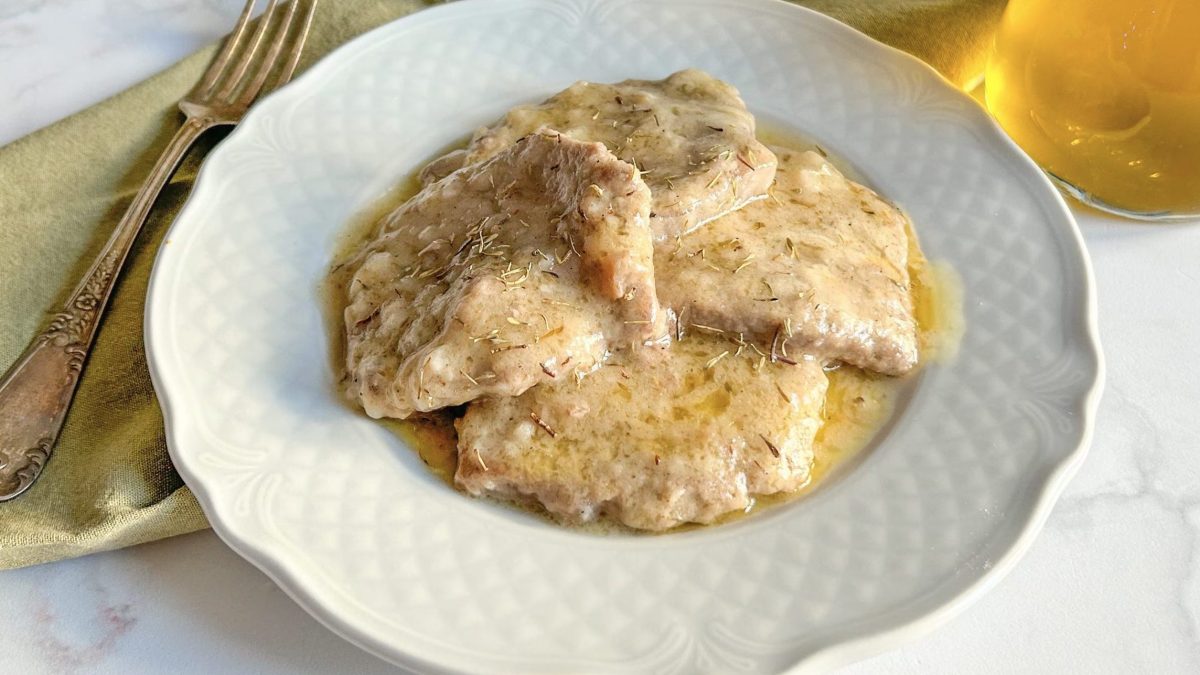
Escalopes are among the most beloved main dishes in old kitchen's tradition. The reason is simple: they are practical, versatile, and require just a few simple ingredients, making them suitable for all seasons. There are three most popular versions: lemon escalopes, with a fresh, citrusy aroma; wine escalopes, refined and aromatic; and mushroom escalopes, the undisputed protagonists of fall. Like many common preparations—see pasta, for example —they are prone to errors that could compromise the final result, resulting in dry, flavorless slices. Let's look at the most common mistakes and how to avoid them to bring perfect, tender, moist, and flavorful escalopes to the table.
1. Choosing the Wrong Cut of Meat
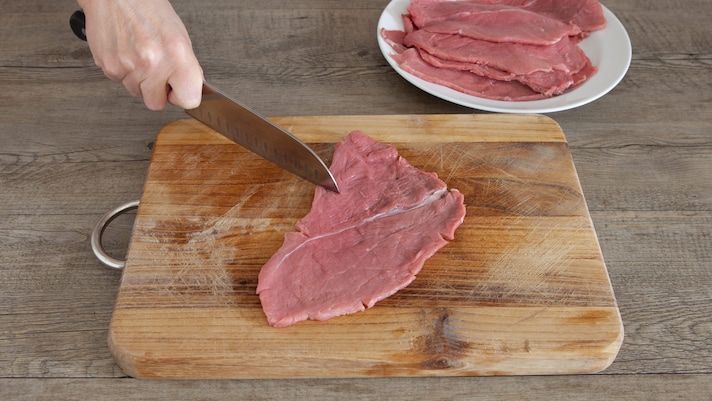
Let's start with the cut of meat, the most classic raw material at the base of the dish (although there are also excellent vegan versions, for example with seitan, which reproduce the same preparation). Escalopes generally require lean cuts, without sinew or fibrous parts, as they cook quickly. With veal, topside or rump are recommended, while for pork, loin is the most popular. If you opt for chicken or turkey, choose breast.
2. Treating Meat Incorrectly

For even cooking, it's essential to ensure uniform thickness, which is usually between 3 and 5 mm, precisely because lean meat quickly becomes stringy. You can ask your butcher directly, or at home, pound the slices with a meat tenderizer, covering them with a sheet of parchment paper to prevent the meat from sticking and tearing. This also softens the tissues, making them more tender. Also be careful of thermal shock, which can cause stiffening: don't work the meat immediately after removing it from the refrigerator; instead, let it rest at room temperature for a few minutes. Furthermore, to ensure the flour adheres, preventing it from coming loose while cooking, pat the surface with kitchen paper and then flour it before breading.
3. Underestimating the Flouring
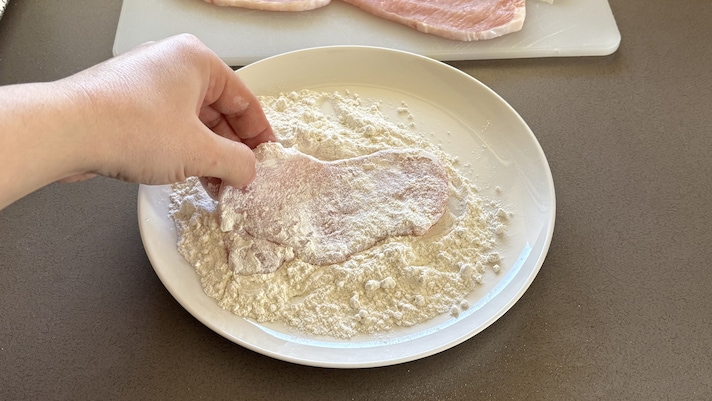
Flouring is a crucial step, often overlooked. What should you pay attention to? It should be done immediately, and not too far in advance of cooking, because the moisture from the meat would soak the flour too much, leaving it sticky and not golden brown. To avoid the lumpy dough effect, once breaded, the slice should be shaken lightly to remove the excess flour. Remember, all-purpose flour isn't the only option: you can also use cornstarch or rice flour, which have a more neutral flavor and a lighter texture, and are also naturally gluten-free.
4. Putting the Meat in The Pan While the Fat is Still Warm
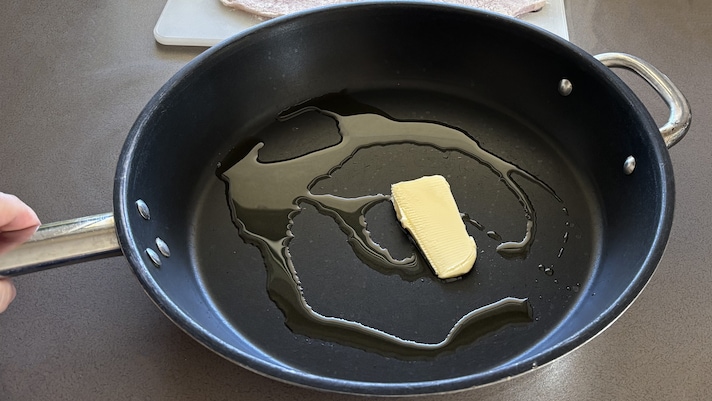
Whether you're used to using butter, oil, or both, the fat you choose must be very hot —which doesn't mean burnt—and distributed throughout the pan before adding the meat. Otherwise, the slices will end up boiling instead of browning, resulting in a tasteless, tender, and tasteless steak, lacking that inviting crust typical of the Maillard reaction.
5. Overfilling the Pan
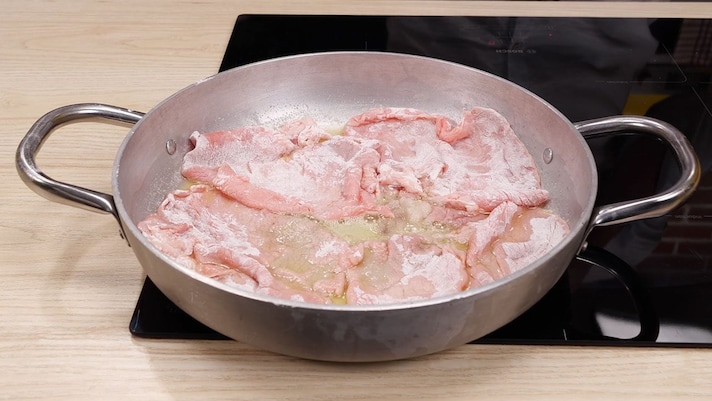
Placing too many slices together prevents even browning: do not overlap the cutlets, but leave enough space for their entire surface to touch the pan. This will also make it easier to flip them from one side to the other while browning.
6. Cooking the Meat and Mushrooms Together
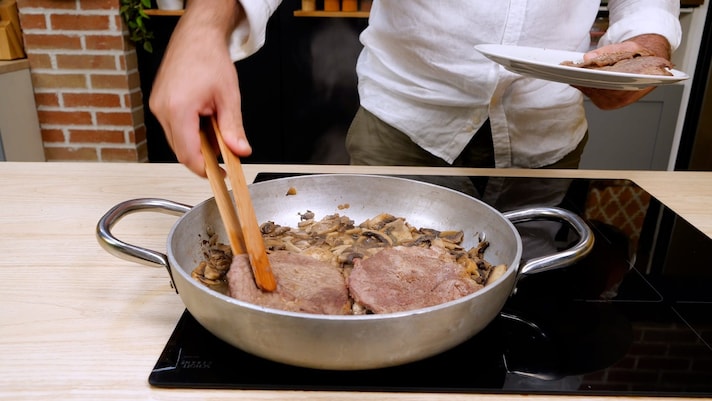
In the fall version, a common mistake is to add raw mushrooms directly to the meat: it's best not to do this, because the mushrooms release water, which would soak the slices and thus cause the previously mentioned boiled effect. How is it done? Once the meat is cooked, transfer it to a plate and keep warm, wrapped in aluminum foil. Add the mushrooms to the same pan and, towards the end, add both, stirring constantly.
7. Adding Lemon at The Wrong Time
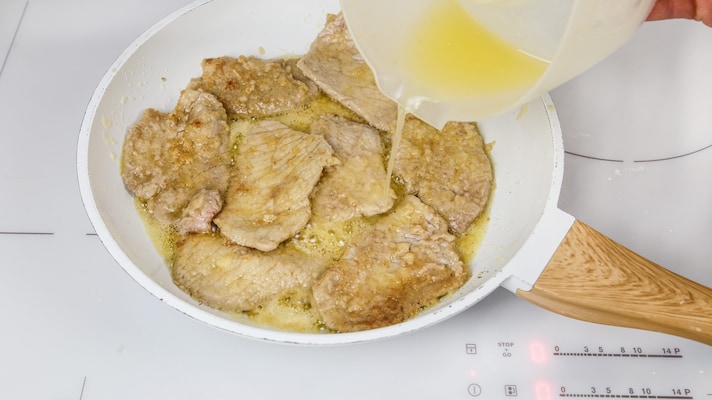
For lemon escalopes, however, the lemon juice is a special consideration: don't pour it immediately on the slices as soon as they're added to the pan, because the high acidity would make the meat tough and bitter. Brown the slices first, then add the lemon juice to flavor them, remove the escalopes, deglaze with flour or cornstarch to create the sauce, and return the meat to the pan at the end. Don't forget the zest: grate a small amount onto the serving dish to add a pleasant aromatic boost.
8. Deglazing With Any Wine
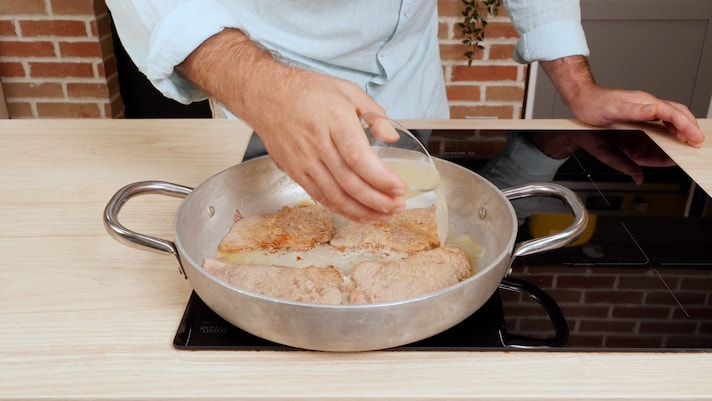
For wine escalopes, however, don't fall into the trap of thinking that one wine is as good as another. Choose a good quality one: a dry white is an excellent all-rounder, but you can also experiment with a red for more punchy recipes. A must-have is Marsala escalopes, an elegant fortified wine that perfectly complements the pork version, which is more structured than the veal and chicken ones.
9. Extending the Cooking Time
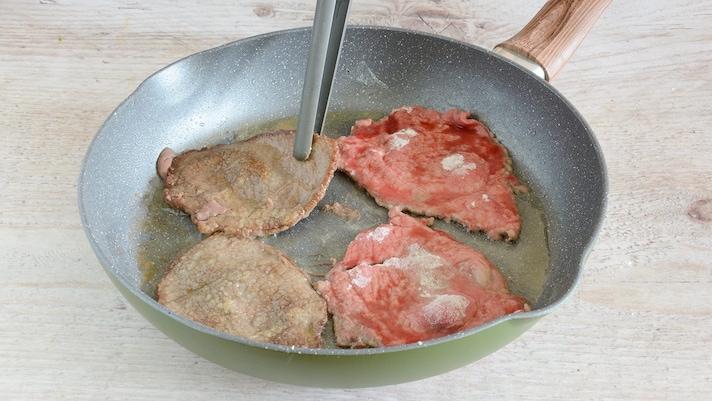
Since they're thin slices, they need to be cooked quickly: a few minutes (a couple) on each side over high heat is enough to brown them. Leaving them with the sauce for too long isn't a good idea either: just enough time is enough for them to absorb the flavor.
10. Forgetting the Sauce

Print it in capital letters: "Never serve dry escalopes." In this case, your best ally is the cooking juices, which should be diluted with wine, lemon, or broth (meat or vegetable) along with a teaspoon of flour or cornstarch to create a creamy sauce. Without a sauce to top it off with when serving, the dish will be plain and unappetizing.
;Resize,width=767;)
